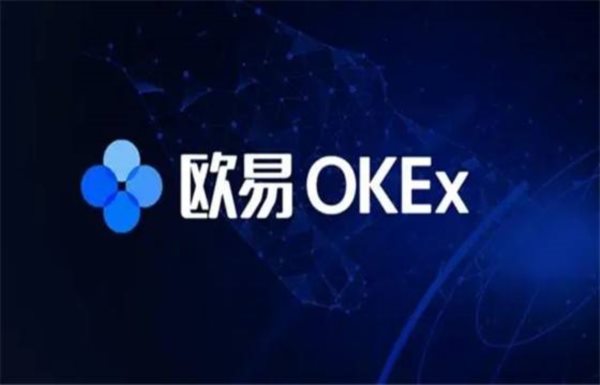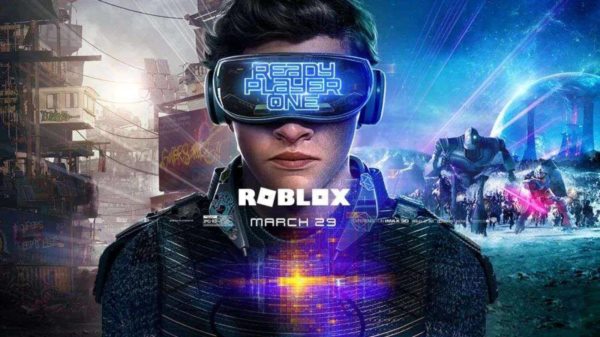Currently, the fashion industry is facing a particular market situation. On one hand, consumer desires have decreased, and consumption psychology has weakened due to the pandemic. On the other hand, the global situation has led to a rise in commodity prices, resulting in inevitable cost increases in the industry chain. At the same time, environmental protection concepts have become increasingly popular, and more young people are embracing minimalist and zero-waste lifestyles in the name of protecting the planet.
Under multiple trends, it is predictable that the biggest opportunity for physical products lies in virtual products.
A few years ago, Jiang Fan, the former Vice President of Alibaba and Taobao, stated that the combination of virtual content and physical goods would be the biggest business opportunity. During that year's Double 11 sale, Taobao's transaction volume exceeded 213.5 billion RMB. Behind this enormous figure was the 15-year rapid development of e-commerce, marking the transformation of e-commerce from an emerging industry in the early days of the internet to a traditional industry in the digital economy era. Standing at such a peak moment, Jiang Fan predicted that one of the biggest new industries in the future would be creating content in the virtual digital world. The combination of virtual content and physical goods would be the biggest business opportunity.
Nike's virtual world Nikeland created on the Roblox gaming platform.
Nowadays, the situation has changed. There is a continuous stream of news about the metaverse, with pioneers in electronic information technology such as Microsoft, Facebook, and Lenovo entering the metaverse. Software company Adobe plans to integrate a signature system to prove the ownership of NFTs (non-fungible tokens) in its Photoshop software. During this process, sportswear brands like Nike, Adidas, and Li-Ning, as well as fashion brands like GUCCI, Balenciaga, Burberry, and Louis Vuitton, have started to lay out their presence in the metaverse starting from NFTs.
At the same time, the AR/VR (augmented reality/virtual reality) technologies employed in metaverse applications have significantly advanced. The relatively mature hardware technology provides a solid foundation for presenting virtual products, leading to a new explosive growth stage for virtual content.
Therefore, the marketing approach of providing virtual products to users, known as D2A, will undoubtedly flourish, considering the market, emotions, and technology.
What is D2A?
As early as November last year, the sportswear brand Nike created a virtual world called Nikeland on the Roblox gaming platform, which became one of the first fashion brands to enter the metaverse. At that time, Wall Street investment banks claimed that Nike was "rapidly ushering in the next digital consumer era."
In Nikeland, players can unlock various Nike sports shoes, clothing, and accessories, such as Air Force 1, Nike Blazer, Air Max 2021, and other well-known styles. They can use customized Nike products to dress up their virtual avatars, play various sports-themed mini-games, and design their own mini-games using interactive materials.
A similar case is the sportswear brand Vans, which built a virtual skateboard park within Roblox. Users can purchase virtual Vans products while playing the game, which also falls within the scope of D2A.
Vans built a virtual skateboard park in Roblox.
Brands like Nike and Vans create their own virtual worlds on the world's largest multiplayer online game platform Roblox, attracting consumers to this "metaverse community." They sell virtual shoes and clothing to consumers (users) through their virtual avatars in the community, which is the essence of D2A.
What are the advantages of D2A?
In the past, virtual products were a niche business on the internet, but in the future, they will become commonplace. Therefore, the advantages of D2A marketing through the metaverse are self-evident.
Firstly, expanding product categories from physical to virtual goods means new growth points. Secondly, D2A marketing through the metaverse achieves user data and perception feedback, offering further benefits of insights into consumer psychology.
As Professor Zhu Jiaming, a renowned economist, mentioned in the recent Global Sustainable Fashion Summit "Fashion Metaverse: A New Era of Sustainable Development," the consumerism-led model transforms human-to-human and human-to-nature relationships into consumer relations. Although this model constantly assigns different meanings to p


流量(流量)Flow 的目标是增加区块链的广泛采用并使其得到更广泛的应用。第 1 层区块链具有新颖的设计,可提供主流应用程序所需的吞吐量,而不会影响去中心化。由于 2022 年 8 月 4 日的大量交易,FLOW 的价格...


美国东部时间23日周四,Twitter发布,与根据比特币闪电网络的数字货币钱夹企业Strike协作,运用Srike的API服务平台,发布名叫Tips的新作用,让Twitter客户可用比特币给钟爱的內容原创者打赏主播...


大家针对流量的痴迷并不单单仅仅在短期内就可以清除的,正如大家针对不一样事情的爱好,正如大家约定成俗的习惯性。针对流量,一样这般。尽管我们一直都在说流量时期已然结束,网络时代终究会以往,可是,大家针对真真正正铸就这一切的流...


2月15日消息,Coinbase首席人事官LJ Brock今日宣布,Coinbase今年计划在产品、工程、设计团队扩大2000名员工,扩大现有产品,打造新产品。Coinbase加密货币正处于关键时刻——公共利用率处于历史...